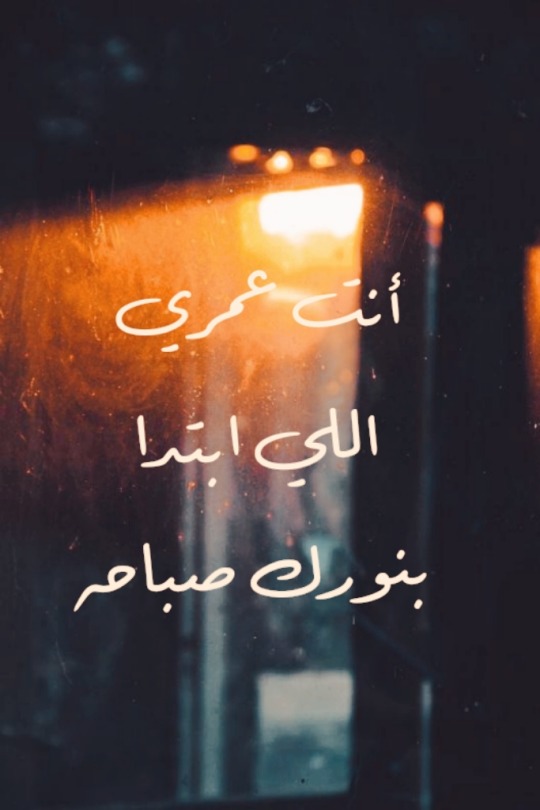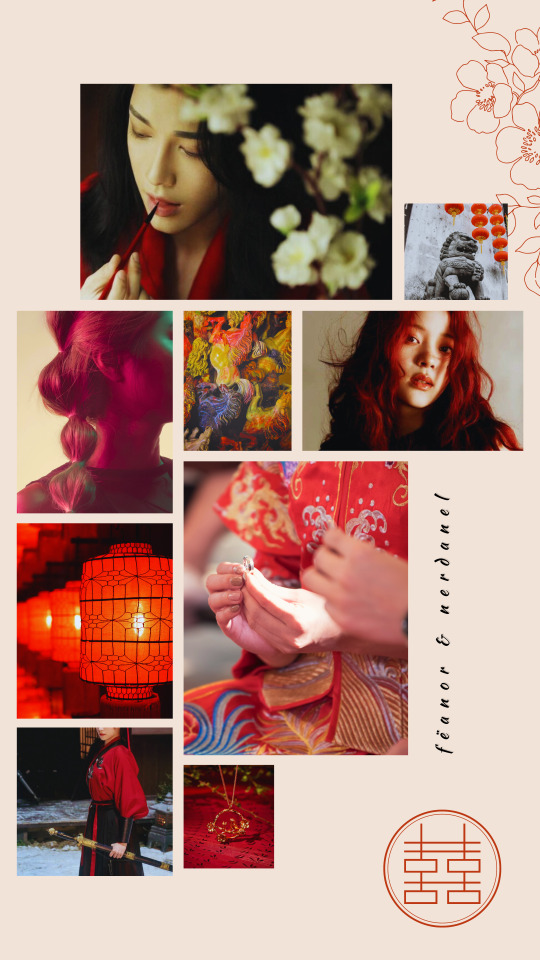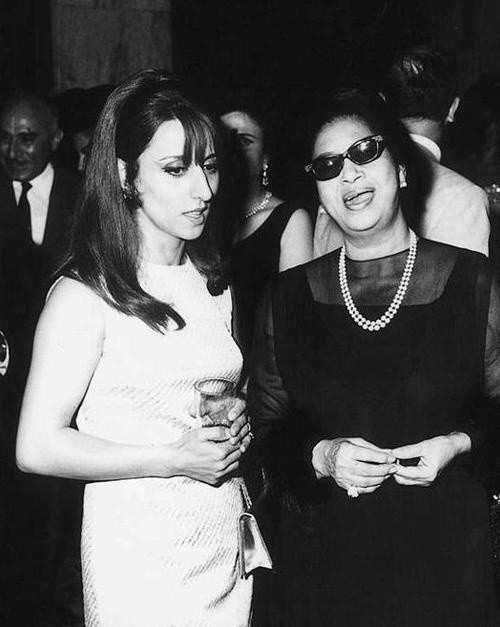#oum kalthoum
Explore tagged Tumblr posts
Text

#أم كلثوم#أغاني عربية#أغاني قديمة#أغنية#أغاني#حب#أنت#عمري#عبدالوهاب#كلثوميات#oum kalthoum#love songs#كوكب الشرق#تمبلريات#أقتباس#أقتباسات#عرب تمبلر#تمبلر بالعربي
7 notes
·
View notes
Text
Aya Metwalli & Calamita - Al Saher - Middle Eastern music meets skronk
CALAMITA = KARKHANA members TONY ELIEH, SHARIF SEHNAOUI and Lebanese drummer MALEK RIZKALLAH join forces with the Egyptian singer AYA METWALLI - the result is the improbable meeting between free jazz / improv, punk rock & Oum Kalthoum! CALAMITA is the ���rock project” of SHARIF SEHNAOUI and TONY ELIEH, two of the most active musicians on the Lebanese experimental scene (among others projects, both are members of the “free Middle Eastern music” collective KARKHANA). SEHNAOUI comes from a jazz and improv music background, ELIEH is primarily a rock musician and founding member of the Lebanese post-punk band THE SCRAMBLED EGGS whose work in the last decade has covered many directions from pop-rock to plain experimental. They are joined by Lebanese drummer MALEK RIZKALLAH (WHO KILLED BRUCE LEE, ex THE SCRAMBLED EGGS). As trio they develop instrumental pieces that draw their inspiration from artists as diverse as Tony Conrad, Last Exit or Oum Kalthoum. AYA METWALLI is an Egyptian singer/songwriter, composer and sound artist currently based in Beirut. Grown up in Cairo, her father would play non-stop Oum Kalthoum songs on road trips to the beach and Aya’s mother; known to have the most beautiful voice in the family, she always sang at home and at family gatherings, so long before Aya was able to form her own music taste, immense amounts of Arabic classic songs and melodies already settled in her subconsciousness Musicians: Aya Metwalli: voice,guitar,electronics Sharif Sehnaoui: electric guitar Tony Elieh: electric bass Malek Rizkallah: drums
6 notes
·
View notes
Text
و لما قالت:
واحشنى وأنت قصاد عيني ❤️
لا يشبع المُحب من حبيبه حتى إذا جلس أمامه عمره بأكمله
ولا يكفيه أن ينظُر إليه سنوات عديدة حتى يرتوي من ملامحه.
وتؤكد هذا أم كلثوم بكلماتها الحنونة وتقول:
يا حبيبي
مهما طال عُمري معاك
برضه أيامه قليلة :))
#oum kalthoum#love#أغاني عربية#أغاني قديمة#تمبلر#تمبلر بالعربي#عرب تمبلر#اقتباسات تمبلر#أم كلثوم#أم كلثوم رفيقة لحظاتي#وحشة#حب#كلمات أغاني#أغاني#أغنية
52 notes
·
View notes
Text
no offense but why do some ppl act like listening to music is devil worship lol. i understand wanting to scale back bc u want to be more intentional and it's a distraction from what's really important but come tf onnnnn
#diaspora muslims im looking at u. do u mean u think oum kalthoum was not sent to us personally by god?#it's just an art form just like poetry and painting
7 notes
·
View notes
Text

أنا لن أعود إليك مهما استرحمت دقات قلبي أنت الذى بدأ الملالمه والصدود وخان حبي I will not return to you no matter my heart's cry for mercy. You, who brought restlessness and rejection, betraying my love.
#feanor#nerdanel#nerdanel/feanor#silm edit#silmarillion#caption is from qesat al ams by oum kalthoum#but ive mostly been listening to the version by khansa and zahzah#the song is very Them and lives on my nerdanel playlist wip FSKLJNGMKSJNG#character in the lower right is double happiness associated with weddings/marriage :')#that being said you just know the hongbao they wouldve gotten at their wedding would be CRAZY#people competing to give the most illustrious or beautiful envelopes#and/or they'd both get insanely well crafted jewelry
12 notes
·
View notes
Text
1 thing about my dad is that he was a huge jazz fan (no comment) so we mostly listened to jazz and not that much arabic music so sometimes ill be hanging out with my family like 'wow ive been listening to this woman .... uhhhhhh warda ? you guys ever heard of her ?'
4 notes
·
View notes
Text

Two divas together, Fairuz and Oum Kalthoum meeting in Cairo, 1966.
273 notes
·
View notes
Text
April 1, 2024: vocabulary, Safia Elhillo
vocabulary Safia Elhillo
fact:
the arabic word هواء (hawa) means wind thearabicwordهوى (hawa) means love
test: (multiple choice) abdelhalim said you left me holding wind in my hands or abdelhalim said you left me holding love in my hands
abdelhalim was left empty or abdelhalim was left full
fairouz said o wind, take me to my country or fairouz said o love, take me to my country
fairouz is looking for vehicle or fairouz is looking for fuel
oum kalthoum said where the wind stops her ships, we stop ours or oum kalthoum said where love stops her ships, we stop ours
oum kalthoum is stuck or oum kalthoum is home
--
It's here, it's here; happy National Poetry Month! In case you forgot: I'll be sharing a poem every day in April.
Want it as an email? Sign up here and it'll be whisked to your inbox by a team of digital carrier pigeons.
Or follow along on Tumblr, Twitter, or RSS. (Want to see it mirrored elsewhere? [Instagram, Substack, Bluesky, etc] Please let me know!)
==
This is, uh, the 20th year of this project??? See many years of past selections by browsing the archives or exploring the poems sent on today's date in:
2023: Reasons to Live Through the Apocalypse, Nikita Gill 2022: New Year, Kate Baer 2021: Instructions on Not Giving Up, Ada Limón 2020: Motto, Bertolt Brecht 2019: Separation, W.S. Merwin 2018: Good Bones, Maggie Smith 2017: Better Days, A.F. Moritz 2016: Jenny Kiss’d Me, Leigh Hunt 2015: The Night House, Billy Collins 2014: Tim Riggins Speaks of Waterfalls, Nico Alvarado 2013: Nan Hardwicke Turns Into a Hare, Wendy Pratt 2012: A Short History of the Apple, Dorianne Laux 2011: New York Poem, Terrance Hayes 2010: On Wanting to Tell [ ] about a Girl Eating Fish Eyes, Mary Szybist 2009: A Little Tooth, Thomas Lux 2008: The Sciences Sing a Lullabye, Albert Goldbarth 2007: Elegy of Fortinbras, Zbigniew Herbert 2006: When Leather is a Whip, by Martin Espada 2005: Parents, William Meredith
Thank you for being here!
#language#arabic#but it was just the 15th year like yesterday#how how!#safia elhillo#poet with MENA heritage
55 notes
·
View notes
Text
70's/80's.
Rehla by Hany Mehanna : a hypnotic journey through vintage Egyptian grooves!
Biography from last.fm :
Hany Mehanna is an Egyptian musician and composer. He played as a young, talented organist next to stars like Oum Kalthoum and Abdel Halim Hafez.
Hany was a member of Ahmed Fouad Hassan’s Al Massiya Orchestra (The Diamond Orchestra), one of the finest orchestras Egypt has ever known.
Until today he still writes for various Arabic artists and composes scores for Egyptian movies and series.
#Hany Mehanna#arabic#oriental#Experimental#Farfisa#Cairo#Egyptian#Egypt#instrumental#belly dance#1970s#70s#1980s#80s#music#Bandcamp
19 notes
·
View notes
Text
Hommage et Héritage de l'éternelle diva Oum Kalthoum | France Inter
3 notes
·
View notes
Text
Vocabulary - Safia Elhillo - USA
fact:
the arabic word هواء (hawa) means wind thearabicwordهوى (hawa) means love
test: (multiple choice) abdelhalim said you left me holding wind in my hands or abdelhalim said you left me holding love in my hands
abdelhalim was left empty or abdelhalim was left full
fairouz said o wind, take me to my country or fairouz said o love, take me to my country
fairouz is looking for vehicle or fairouz is looking for fuel
oum kalthoum said where the wind stops her ships, we stop ours or oum kalthoum said where love stops her ships, we stop ours
oum kalthoum is stuck or oum kalthoum is home
13 notes
·
View notes
Note
Something that nobody agrees with you on?
Lets see:
1- I hate oum kalthoum & amr diab, i literally have no guts to lissen to them.
2-Cinema is a perfect place to sleep at if u don't snore while sleeping.
2 notes
·
View notes
Text
Catherine Ringer tient sa fougue et sa verve légendaires d'une enfance et d'un début de carrière tumultueuse. Née en 1957 à Suresne, Catherine Ringer est la fille d'une architecte, Jeanine Ettlinger, et d'un peintre juif né en Pologne, Sam Ringer. Biberonnée à l'art, la jeune fille s'intéresse aussi de près à l'histoire de son père, déporté dans une dizaine de camps de concentration.




À la maison, la playlist est éclectique. La Callas, Oum Kalthoum, Georges Brassens, sur lequel elle apprend la flûte. À 8 ans elle commence une carrière d'enfant-mannequin et pose pour des magazines de mode, comme celui du Printemps. Quelques mois plus tard, elle décroche un rôle dans un téléfilm réalisé par Marianne Oswald, Les Deux Coquines. À 13 ans, Catherine quitte le cocon familial et ne tarde pas à délaisser le cursus scolaire traditionnel pour vivre, déjà, la vie d'artiste
2 notes
·
View notes


